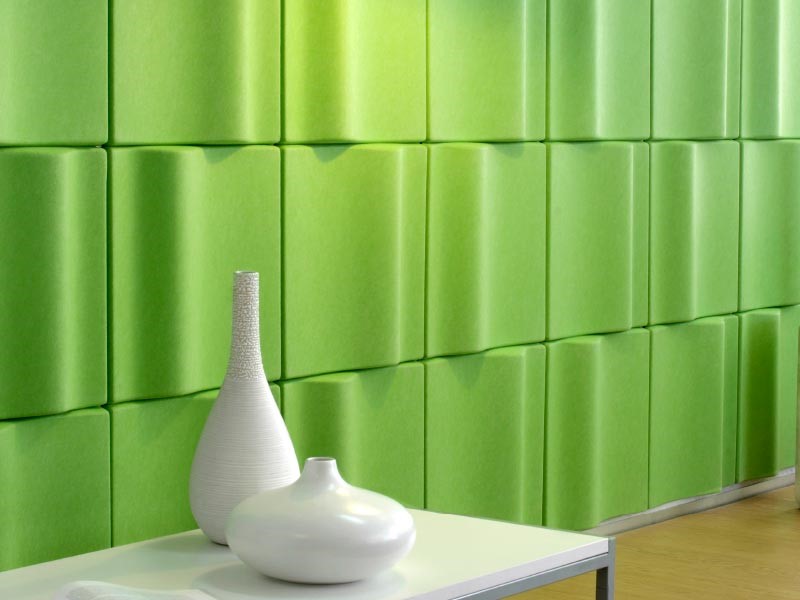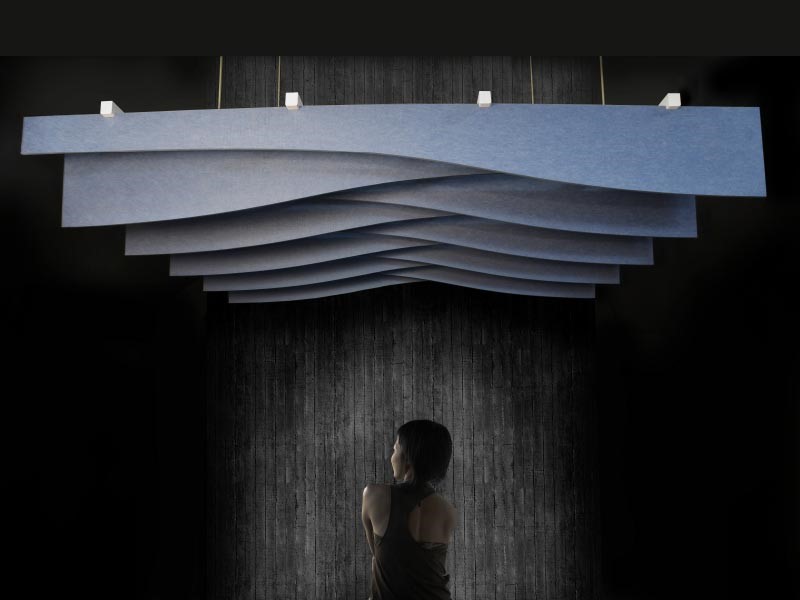
After the new room is painted, furnished and finally ready. You sink into the couch and turn on the television expecting a blissful evening at home. Instead you’re accosted by a nasty echo. “No big deal, I can ignore it”, you murmur. But soon you’re acting like a torture victim. What seemed like a minor problem is destroying your life.
Annoying Yes, but Unhealthy?
Not only is an echo annoying, unwanted noise is unhealthy according to multiple research studies. Labeled “sound pollution” by the health community, noise triggers the body’s stress response. Regular exposure increases cortisol and adrenaline in the blood stream. When elevated these hormones lead to anxiety, depression, weight gain and even heart disease. So don’t treat an echo lightly.
What Causes an Echo?
Sound waves bouncing off hard surfaces cause an echo. The sound reverberates (repeats) because it’s delayed in proportion to the distance between reflecting surfaces. With multiple surfaces an unassuming sound can amplify into a big noise.
 How to Stop an Echo
How to Stop an Echo
Ear plugs aren’t a permanent solution. A better approach is softening the room’s hard surfaces so they won’t reflect noise. Not only walls, any surface including floors and ceilings is suspect. Without experimentation, understanding which surfaces to soften is difficult. Start by hanging soft thick blankets on walls. Toss one on the floor like a rug. Or hang a blanket from the ceiling. Soon you’ll have an idea which combination works best. Now it’s time to devise a permanent solution.

Soften Walls
• Often walls can be softened simply by moving furniture. Try book shelves or upholstered chairs against the offending walls.
• Consider hanging large soft art pieces, like tapestries or woven art.
• Acoustic foam baffles are sold by Amazon and Home Depot. But they’ll make your room look like a recording studio. Thankfully, companies like Kirei USA offer pleasing acoustic tiles. Transform your wall into a modern art installation. Or choose from a variety of shapes and colors for a traditional pattern like subway tile.
Soften Floors
• If wood or tile floors are reflecting sound, consider area rugs. One large or several smaller rugs may do the trick.
• Only as a last resort install wall to wall carpet. It’s a shame to hide perfectly good flooring. Rugs, on the other hand, allow underlying flooring to show around the edges. And rugs are easily removed for cleaning.
• Be careful with rubber mats or rubber gym flooring. These dense products can reflect instead of dampen sound.

Soften Ceilings
• Acoustical ceiling tiles are common is offices. However, they look too commercial and outdated in homes. Best to avoid these products all together.
•Instead, consider the new breed of acoustic panels. These panels come in a variety of shapes and colors. Installed flat on walls or ceilings, they’re barely noticeable. Hung from taller ceilings they provide added interest to any room. Your creativity is the only limit.

Photo Credits
Hear No Evil by Omarukai
Earplugs by Your Best Digs
Wall Panels by Kirei USA
Ceiling Panels by Kirei USA
Gargoyle from Paisley Abbey by Colin on Wikimedia
My kitchen is 2.62 x 2.35 meters with a height of 3 meters. It started to produce unpleasant echoes and high impact sounds after installation of ceramic floor tiles. Previously, the floor was cement plastered and had no such issues. Help.